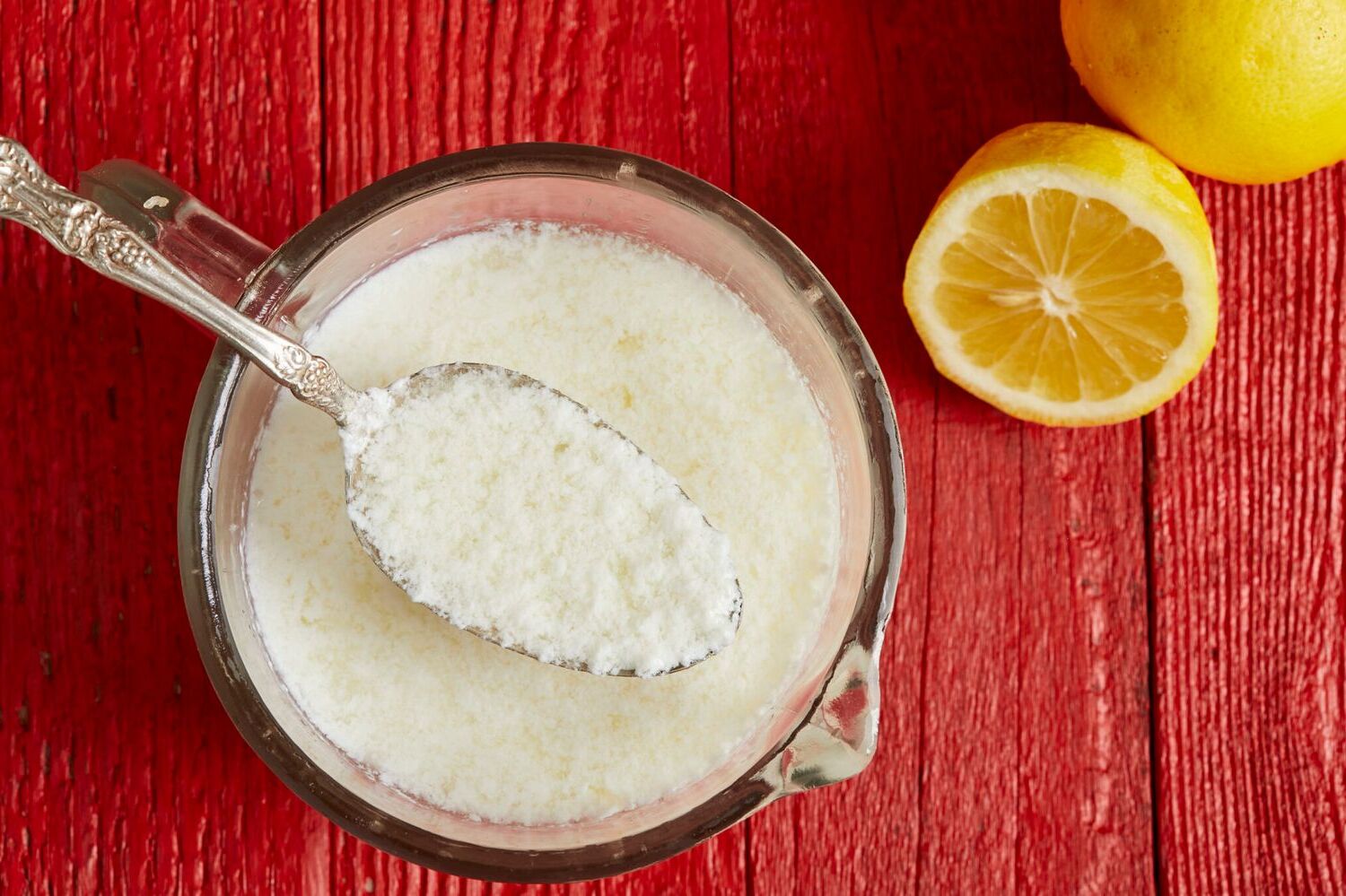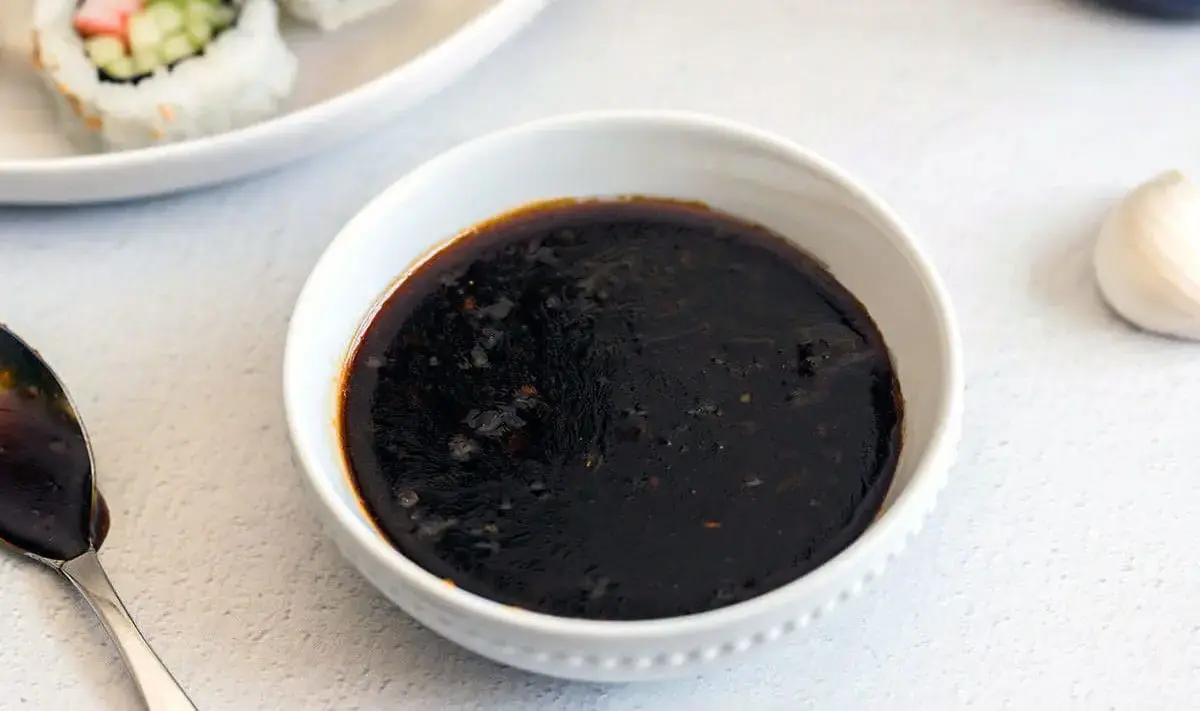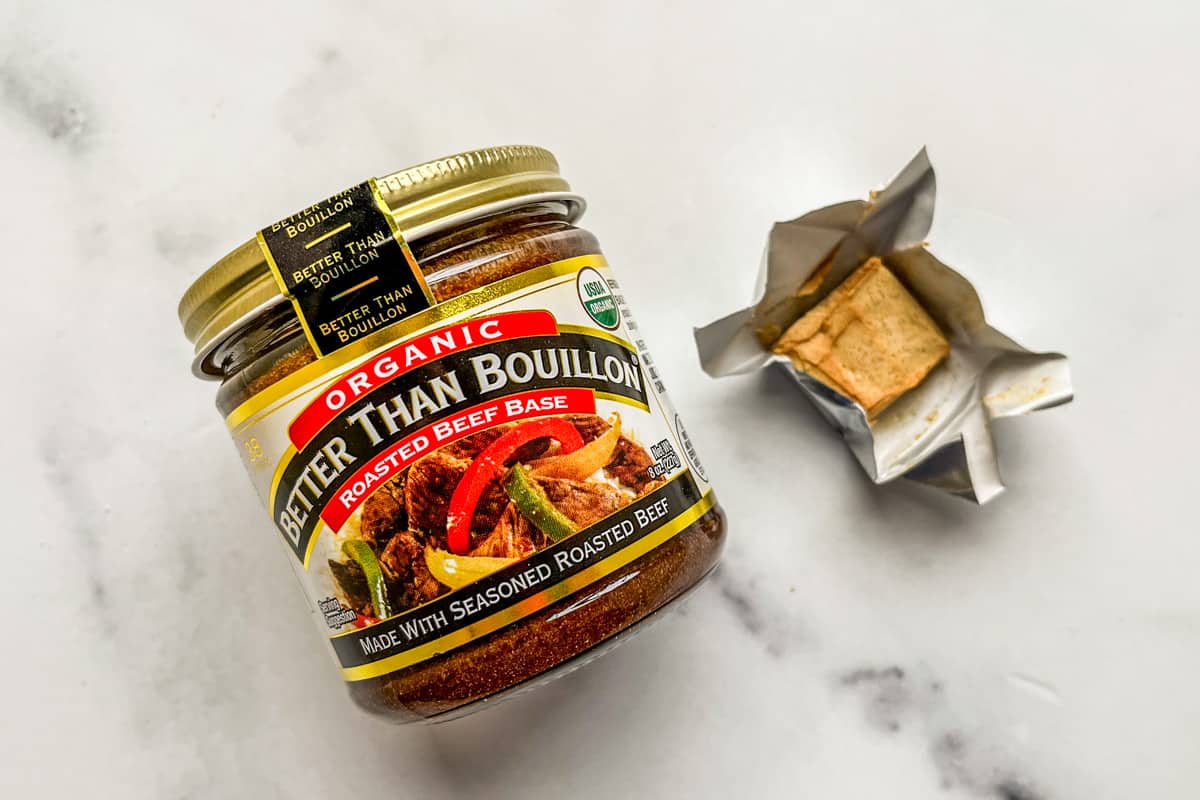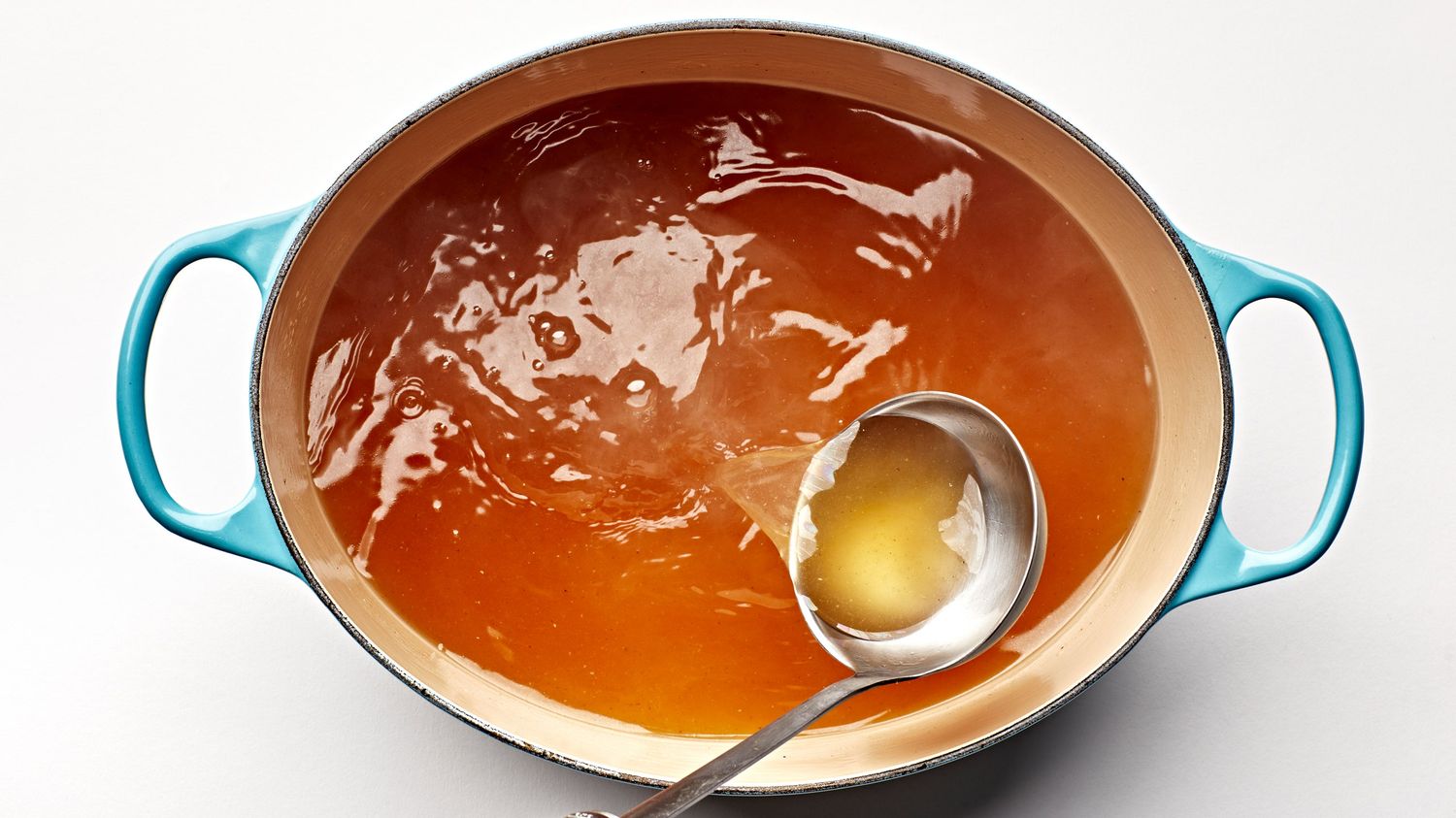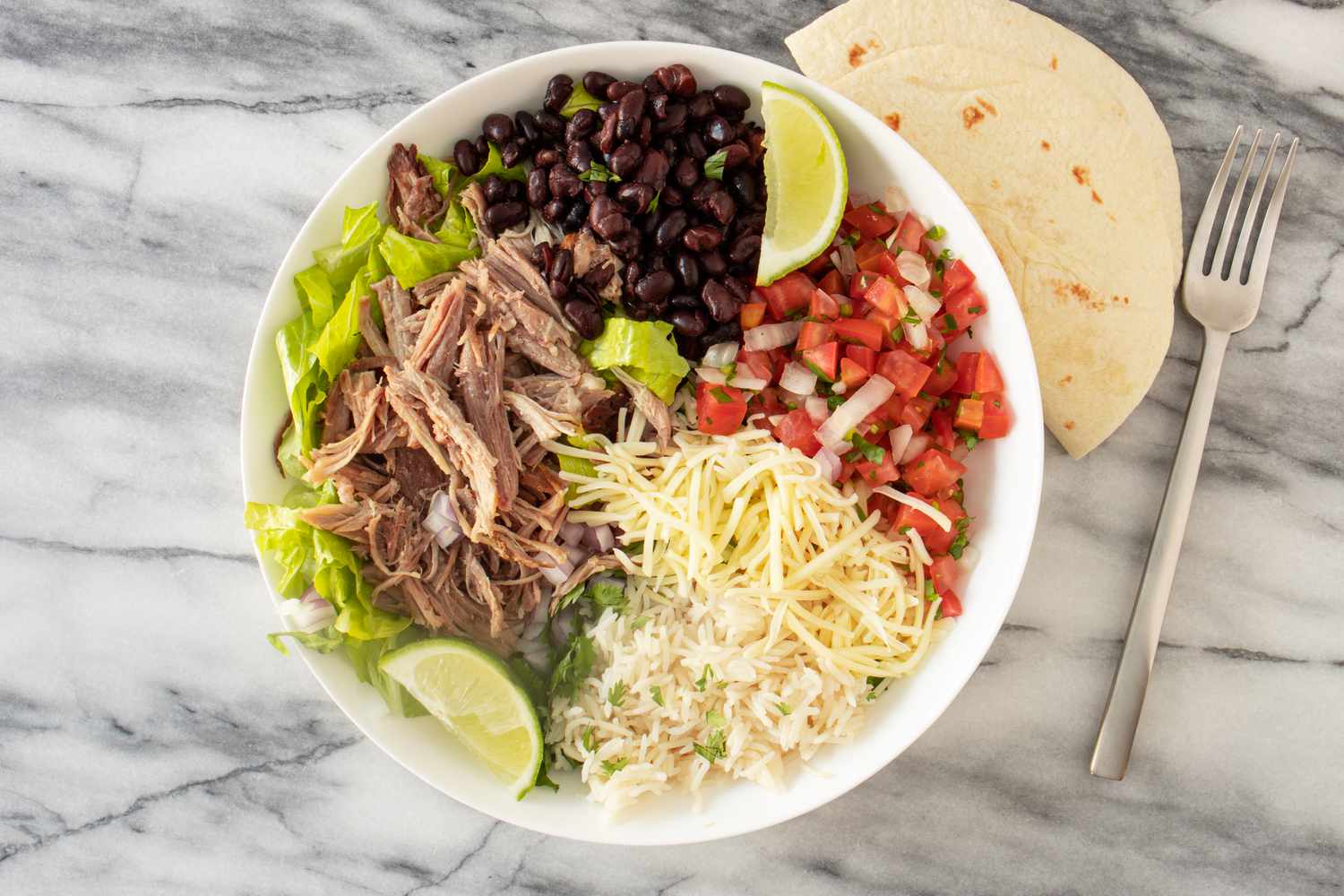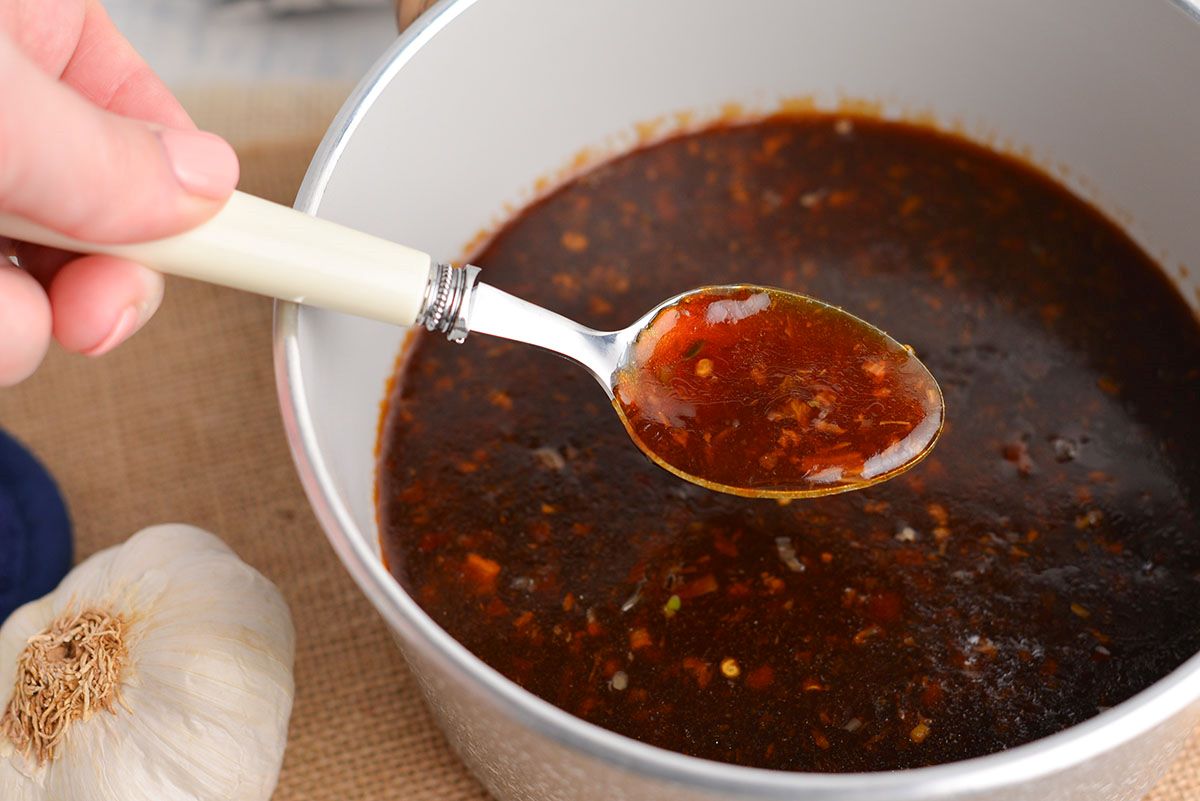When it comes to leafy green vegetables, bok choy and baby bok choy are two popular choices that often cause confusion. While they may look similar, there are some key differences between the two. Let's take a closer look at what sets these two greens apart.
What Is Bok Choy?
Bok choy, also known as Chinese cabbage, is a type of leafy green vegetable that belongs to the cabbage family. It has thick, dark green leaves and crunchy white stems. Bok choy is commonly used in Asian cuisine and is known for its mild, slightly peppery flavor. This versatile vegetable can be enjoyed raw in salads or cooked in stir-fries, soups, and other dishes.
What Is Baby Bok Choy?
Baby bok choy is essentially a smaller, more tender version of bok choy. It has a similar appearance to bok choy but is more delicate in texture. The leaves are tender and the stems are smaller and more tender compared to regular bok choy. Baby bok choy has a milder flavor compared to its larger counterpart, making it a popular choice for stir-fries and sautés.
Key Differences
While bok choy and baby bok choy share many similarities, there are a few key differences to note:
- Size: The most obvious difference between the two is their size. Bok choy is larger and has thicker stems, while baby bok choy is smaller and more delicate.
- Texture: Baby bok choy has a more tender texture compared to regular bok choy, making it quicker to cook and more suitable for eating raw in salads.
- Flavor: Baby bok choy has a milder, sweeter flavor compared to bok choy, which has a slightly peppery taste.
How to Use Them
Both bok choy and baby bok choy can be used in a variety of dishes. Here are some popular ways to incorporate them into your cooking:
- Stir-fries: Both bok choy and baby bok choy are excellent additions to stir-fries. Their crunchy texture and mild flavor make them a perfect complement to other ingredients in the dish.
- Soups: Bok choy and baby bok choy can be added to soups and broths to add a nutritious boost and a pop of green color.
- Salads: Baby bok choy, with its tender leaves, is a great addition to salads. It adds a refreshing crunch and a mild, leafy flavor to your salad bowl.
Nutritional Benefits
Both bok choy and baby bok choy are packed with essential nutrients, making them a healthy addition to your diet. They are rich in vitamins A, C, and K, as well as calcium, potassium, and other important minerals. These leafy greens are also low in calories and high in fiber, making them a great choice for those looking to maintain a healthy weight.
In conclusion, while bok choy and baby bok choy may seem similar at first glance, there are distinct differences between the two. Whether you prefer the larger, peppery flavor of bok choy or the delicate, mild taste of baby bok choy, both of these leafy greens offer a range of culinary possibilities and nutritional benefits. So, next time you're at the grocery store, why not pick up a bunch of bok choy or baby bok choy and experiment with incorporating them into your favorite dishes?
Was this page helpful?
Read Next: What Is The Best Beef Cut For Rotisserie
